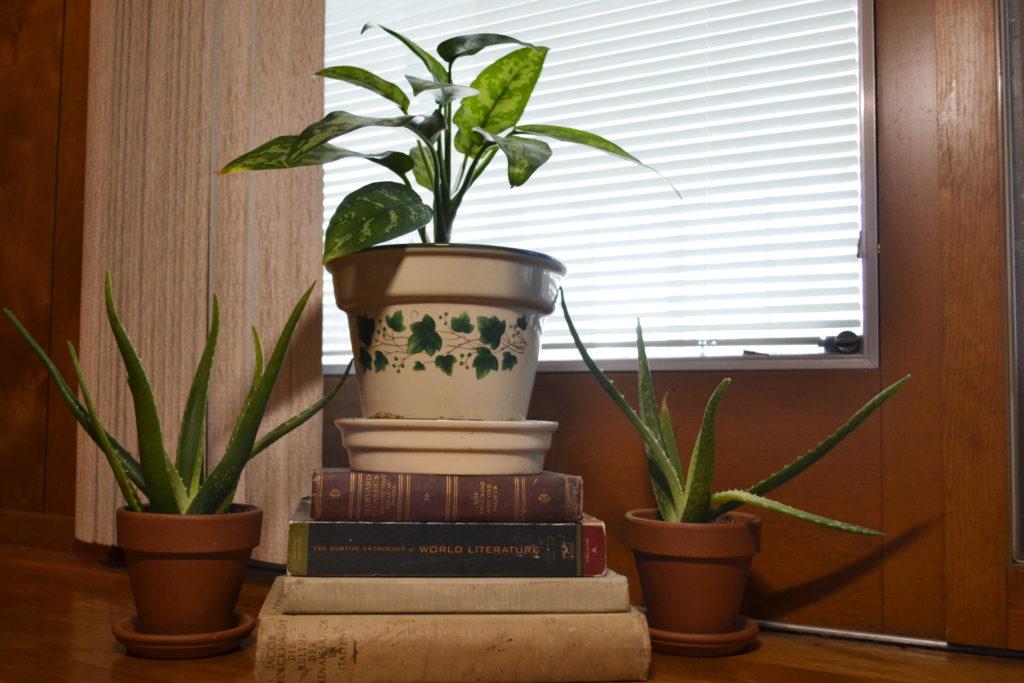Indoor plants can help freshen your cramped apartment air with new life, but it can seem daunting to get your indoor plant collection started.
For college-aged students living through the pandemic, pets are the new kids and plants are the new pets. So hit the plant shop and follow these tips to claim your green thumb and #plantmom badge.
Picking your plants
Choose a low-maintenance or high-maintenance plant, depending on your commitment to it. If you don’t have a ton of gardening experience, choose a plant that is simple to care for like a Spider Plant, Calathea or Philodendron. If you are an expert of indoor plants, you probably aren’t reading this guide, but plants like Elephant’s Ear or a Boston Fern would be right up your alley.
While most indoor plants are a refreshing addition to your scenery, you can also choose your plants for utility. If you’re a home chef or just want to have some fresh herbs on hand, try picking up some herbs like basil, mint or chives. If you’re over the age of 21 in D.C., you can try growing your own cannabis plant. You can legally grow no more than three mature cannabis plants.
Lighting is everything
Some plants are well-suited for spaces with little to no natural light. But for most other plants, natural light is the key to success. The first step is finding places in your apartment that have direct sunlight exposure for the longest periods of the day. Any window sill, balcony or fire escape will do as long as these spots face south. Windows or other openings that face south will receive the sun’s most direct rays from late morning through mid-afternoon unlike North- or East-facing windows, which receive weak morning rays.
If you can’t seem to find a spot where your plant gets enough natural light, you can try using sun lamps that mimic the type of natural light plants need to thrive.
Hydrate or Die-drate
Watering plants may seem like a universally simple task, but some plants need less water than others. Most plants require more water in the warmer spring and summer months even though they may live in an apartment with air conditioning. But before you water your plants the recommended every two to four days, feel the soil. Check for dry, moist or waterlogged soil, and adjust your watering accordingly. Cacti and succulents should be watered modestly and through a topsoil layer of gravel that helps water drain more quickly and prevents waterlogging. They should also be watered from below to avoid moistening the exterior of the plant. You could also mist your plants to create a more humid environment for plants that thrive.
Lots o’ pots
Assuming you aren’t starting your plants off from seeds, they can live in their black plastic pots they came in until their roots or body outgrow it. But once your plant is ready to leave its first nest, grab a terracotta or clay pot with holes in the bottom for drainage. Terracotta or clay pots are great temperature regulators and have a porous texture that allows for air and moisture flow. This type of pot also allows you to evaluate the calcium levels of your soil easily. If a plant’s soil is retaining too much calcium, it will “flush” white-colored residue that seeps through to the exterior of the pot.
You can shop for artistically styled terracotta pots or grab some paint and style your own.







